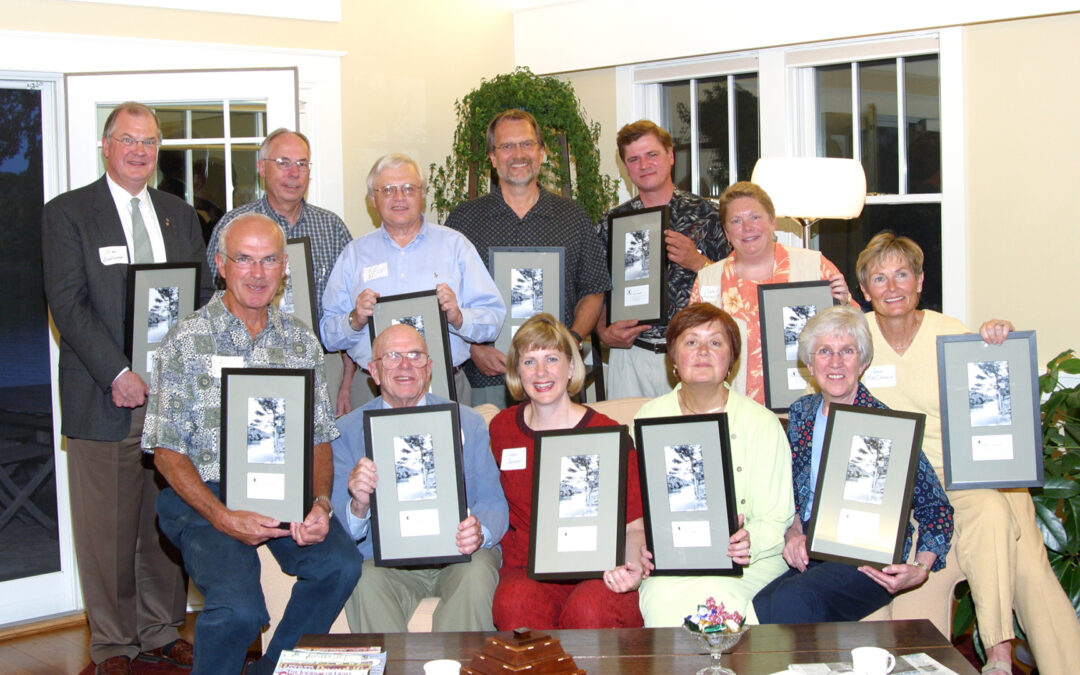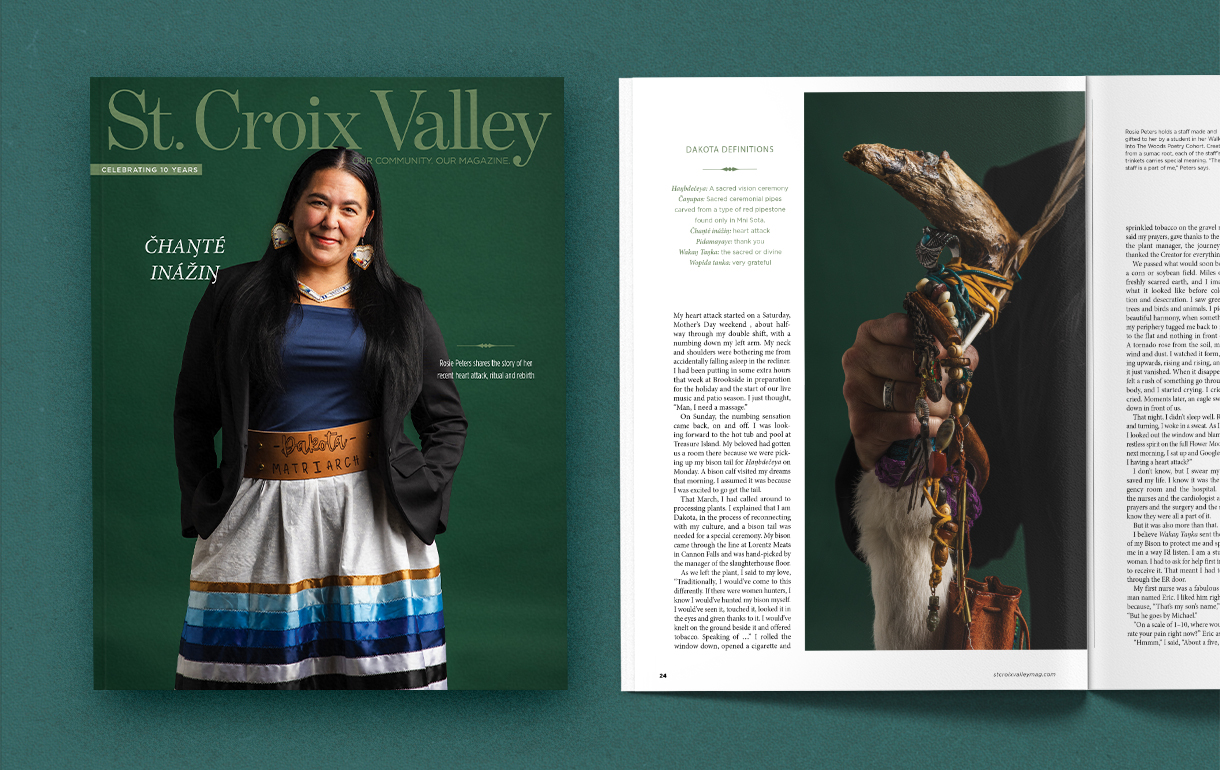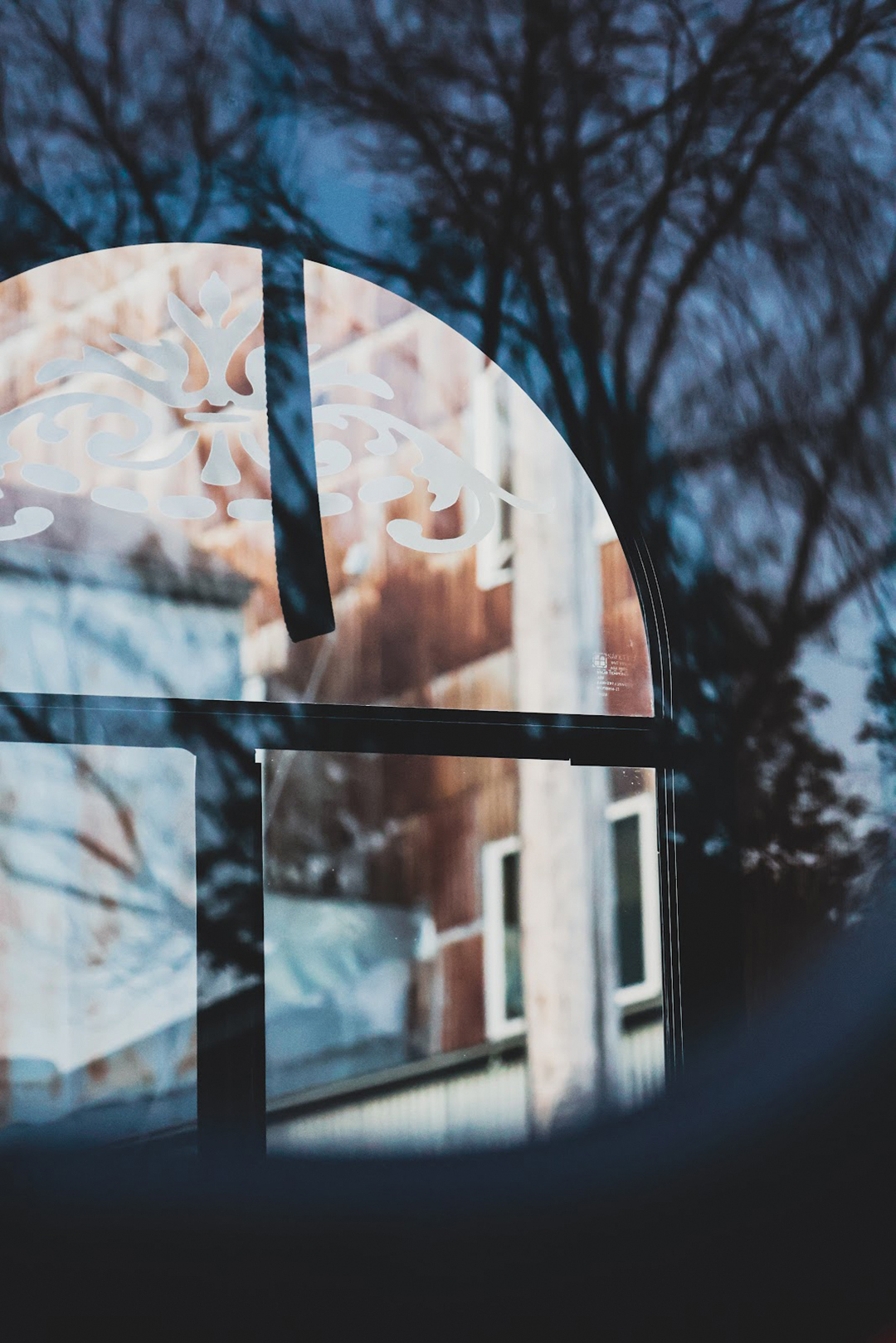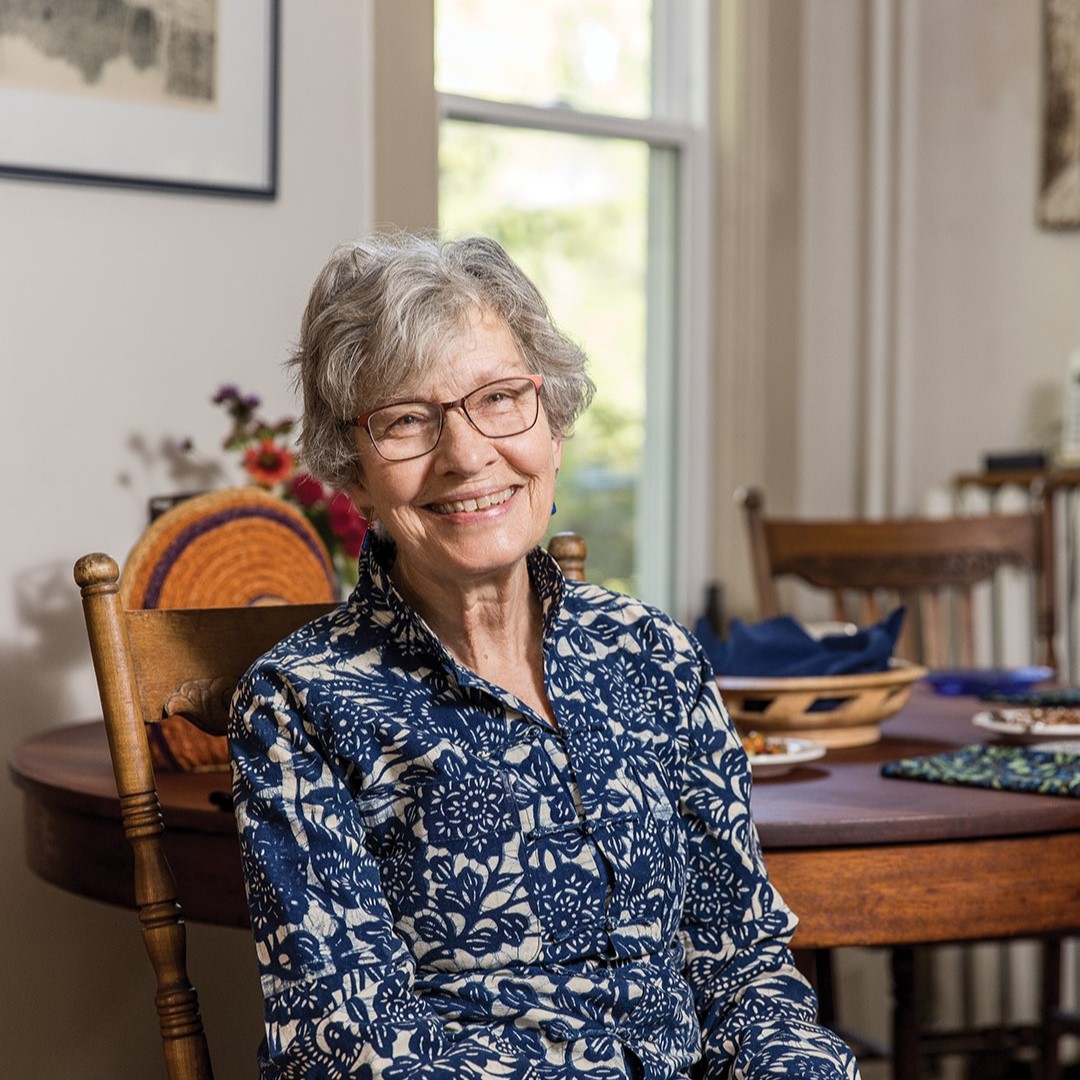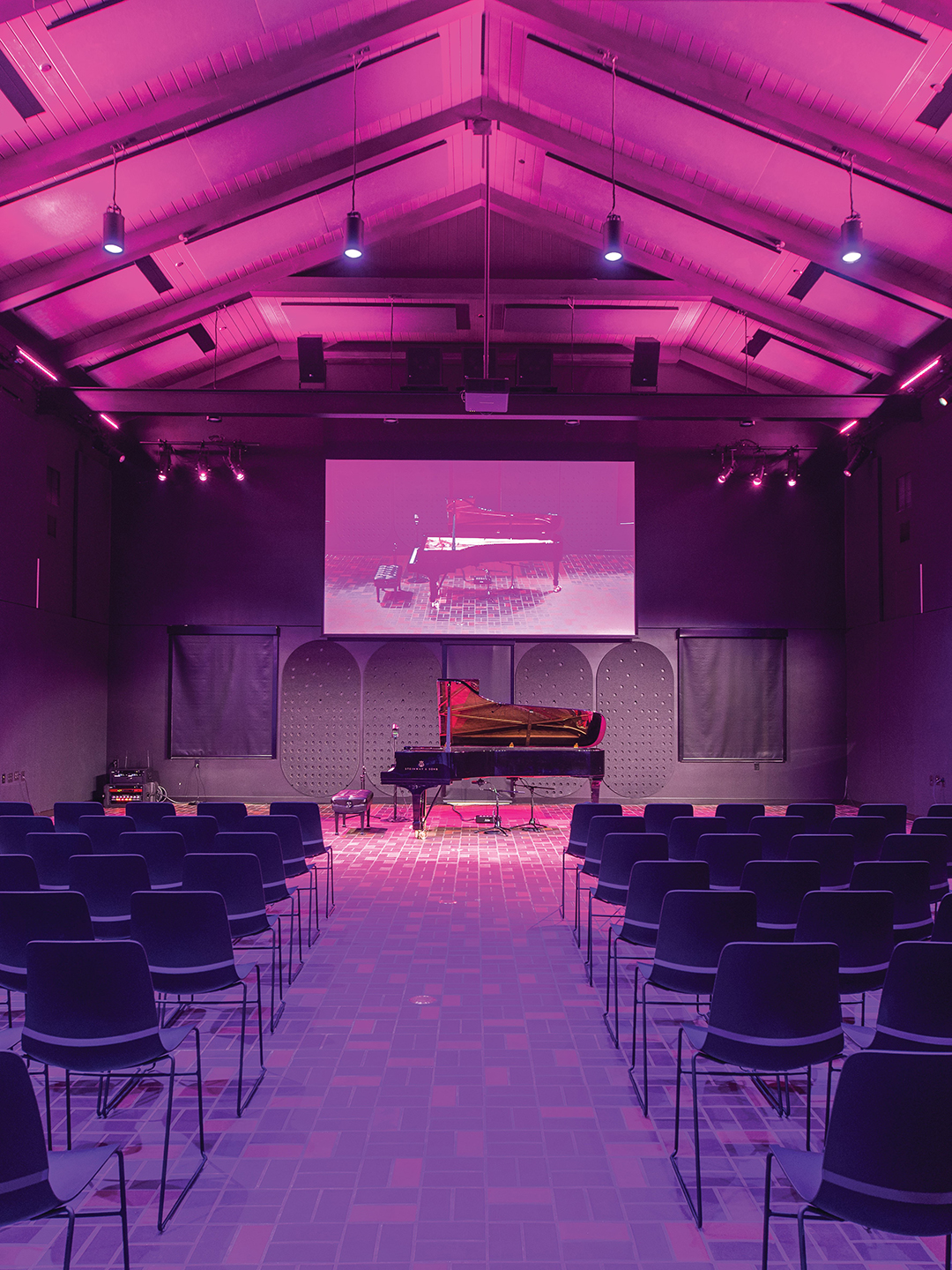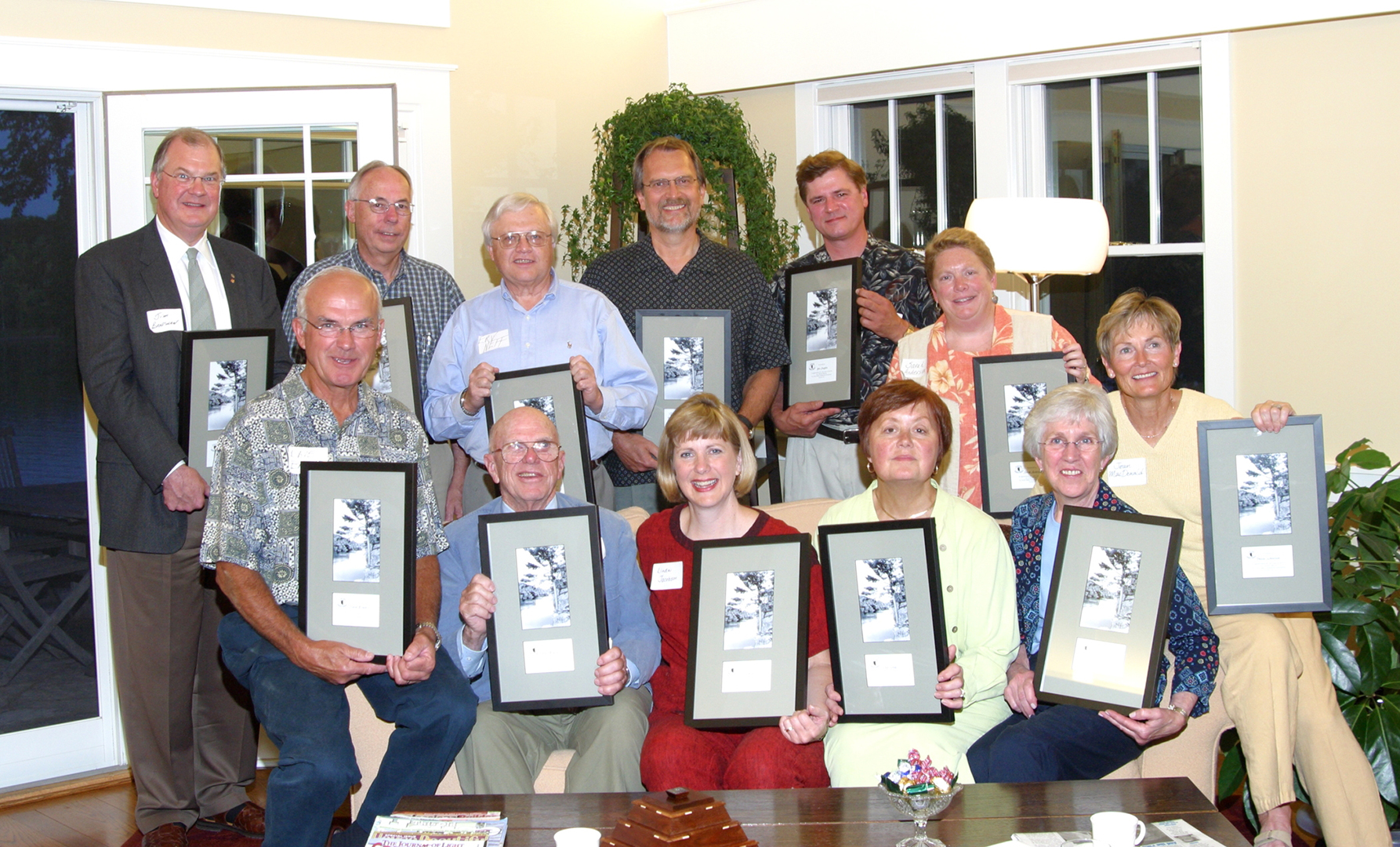
There is an ecosystem in our backyard that is rare and worth saving. Photos: Evanne Hunt
Local group stresses importance of native prairies.
Evanne Hunt wears a yellow protective suit while she carefully watches a fire burn a strip of the native prairie she’s volunteered to protect over the past 25 years. Hunt, the chairperson of the local chapter of the Prairie Enthusiasts, says prescribed burns of prairie remnants are key to the survival of native plants and ecosystems.
“We have to go out and burn to keep the brush down,” Hunt says, adding native prairies are fire-dependent ecosystems. “A prairie can’t last without fire and maintenance. It’s impossible for a native prairie remnant to exist without help anymore.”
Hunt and the Prairie Enthusiasts have been providing that help to Blueberry Hill since 1994. The four-acre plot of land in Washington County is south of Bayport and north of Highway 95 framed by Quant Avenue and a bluff. Owned by the Minnesota Department of Transportation (MNDOT), the area was originally set aside to be turned into a roadside rest area. That never happened because Highway 35W was built nearby. The land went untouched for decades until Prairie Enthusiasts began to maintain the area as a native prairie remnant. Hunt was one of the first volunteers, all of whom dedicate hundreds of hours a year to restoring and maintaining the remaining prairie and oak savannah.
“It was solid buckthorn, trees and brush. You couldn’t see the river,” Hunt says. “We cut down most of the trees (the invasive ones and not native trees) and started a yearly burning program.”
The Prairie Enthusiasts are trained on how to do a prescribed burn, which is necessary to kill invasive plants and prevent the prairie from turning back into a forest. They have special equipment and personal protective gear. Hunt says prescribed burning isn’t a new phenomenon.

“The Native Americans burned for centuries,” she says. “When you burn the old grasses and the trees, it greens up faster. That attracted the buffalo and the deer. But for the last 150 years, we suppressed fires. We are afraid of them. And what happened is all the trees grew up. The brush and trees closed in and hid all the native prairie plants.
In addition to a lack of fire, settlement has also stamped out native prairie.
“Prairies were treeless grasslands. It makes wonderful housing developments and cities, especially along the St. Croix River,” Hunt says. “It’s a lot easier to build houses on a treeless area than it is a forest.”
Prairie remnants feature flowers and plants native to our area such as blazing star, coneflowers and leadplant. Leadplant does not bloom in the first five years of life, which is typical for most prairie plants because they spend their energy into making a robust chain of roots. These native flowers are a delight for local birds.
“Native flowers provide food for the insects that the birds eat,” Hunt says. “Nursery-grown flowers that are bred to look good and last, they don’t have the nutrients that the native ones do. We basically are putting out junk food. It’s not enough to sustain them.”
Hunt says. “Part of our mission is to educate people. We want them excited about looking at a native remnant. People like to save the Amazon. We’ve got an ecosystem in our backyard that’s just as rare and worth of saving as the Amazon rainforest. We believe that this is an ecosystem that’s worth preserving and protecting.”
For more information on how to get involved, go to theprairieenthusiasts.org and click on St Croix Valley.



